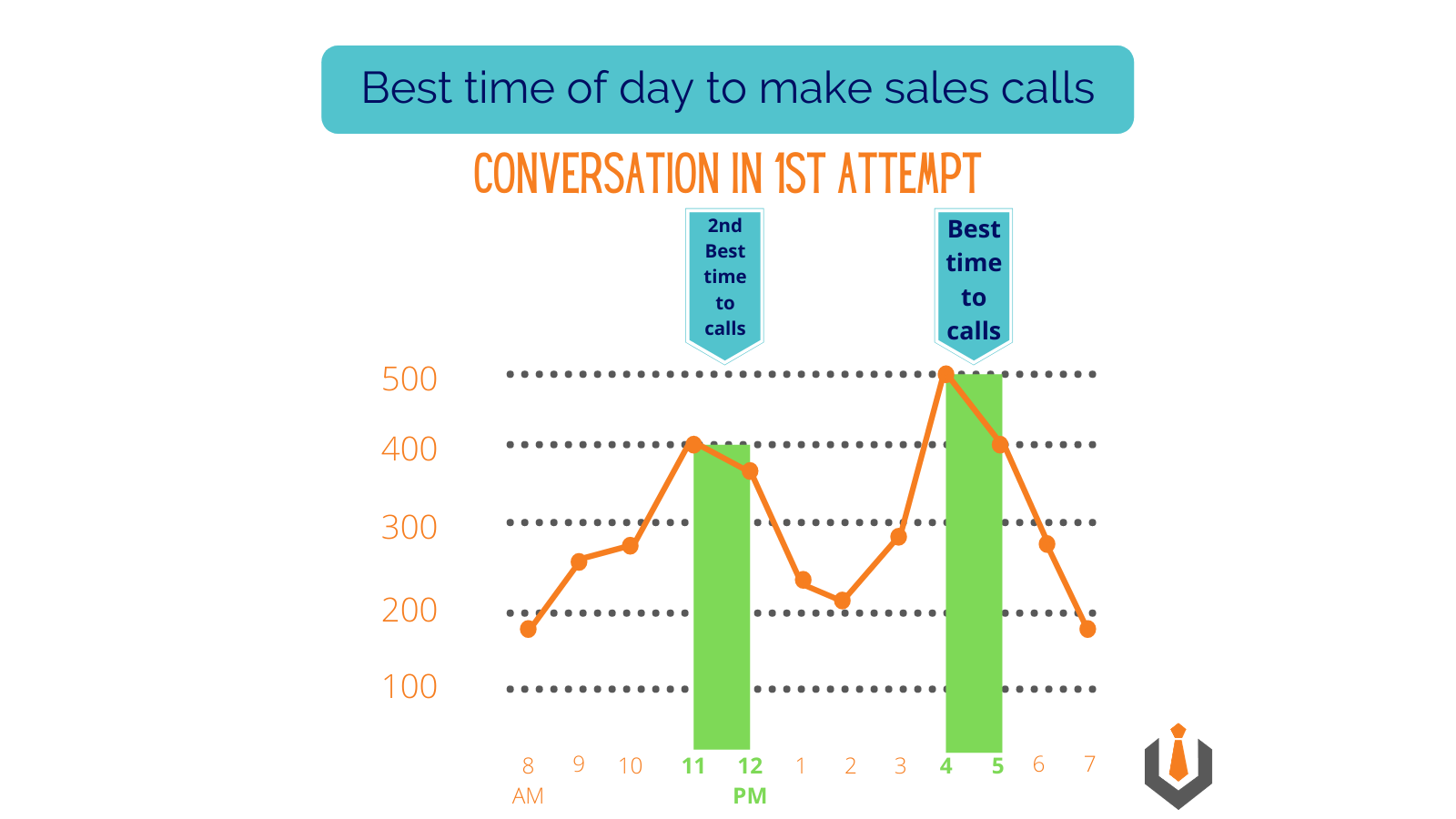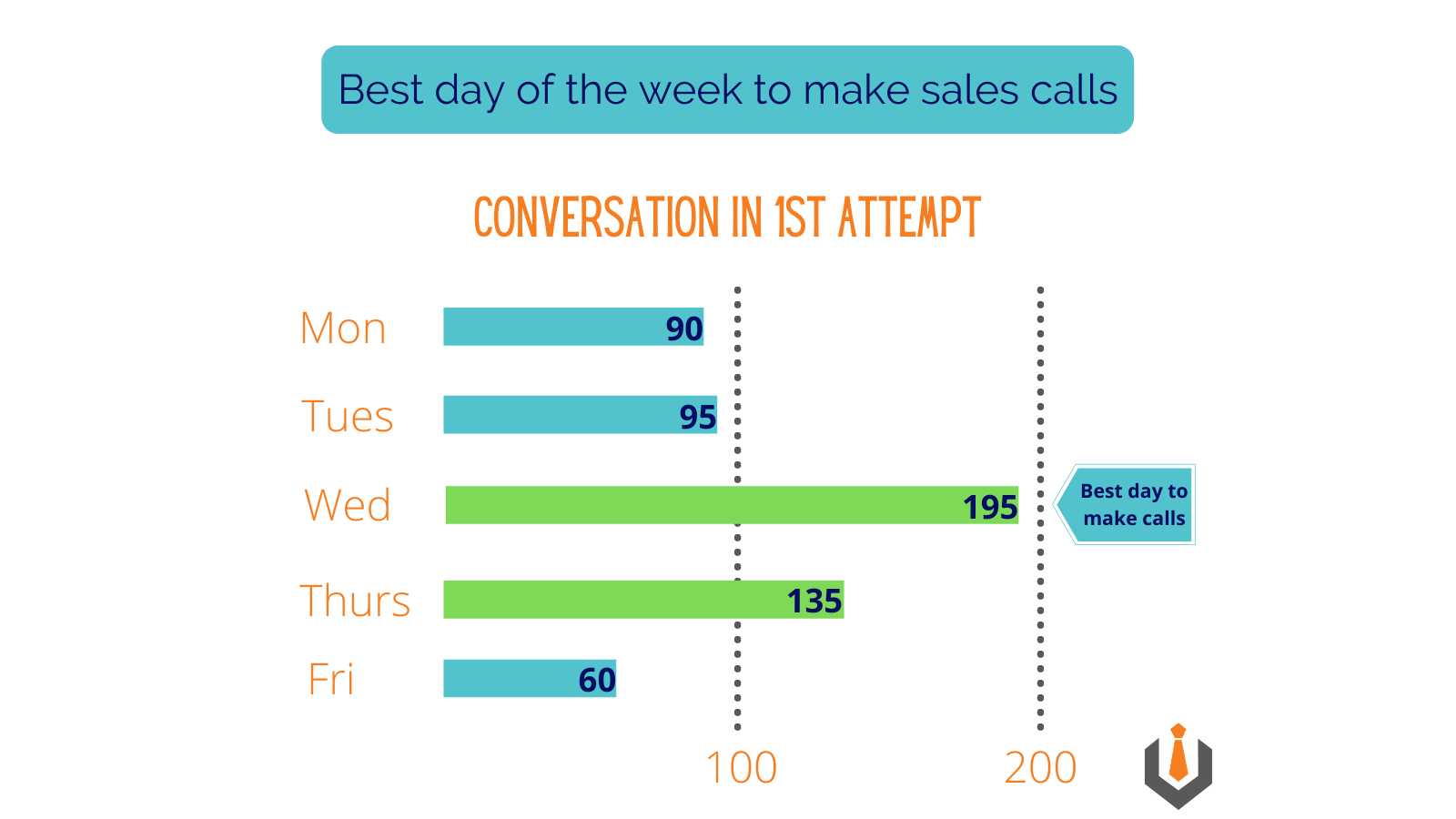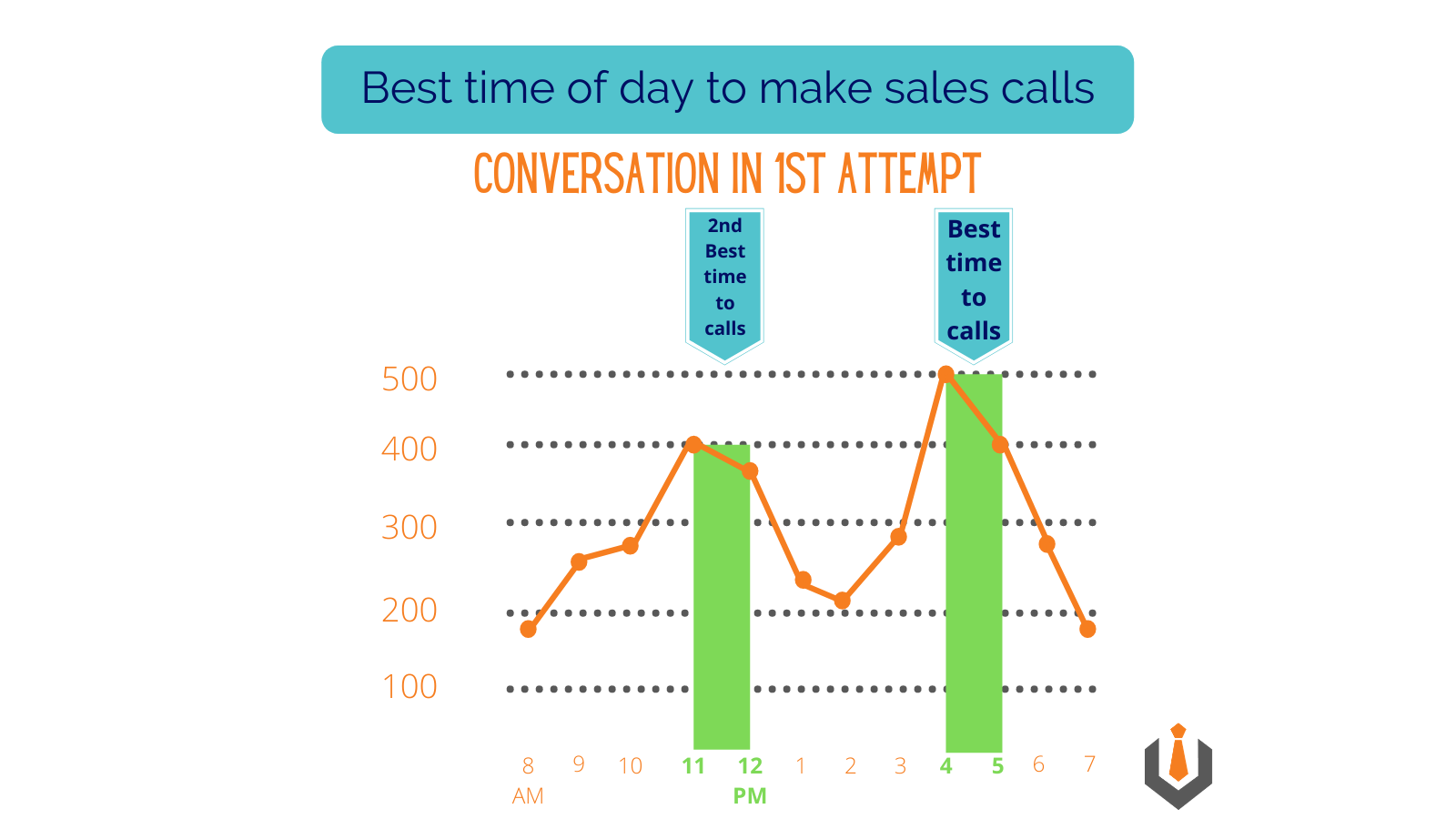What is Sales Prospecting
Sales prospecting is the part of the sales process that entails looking for potential customers based on the target demographic of the product or service you sell then nurturing them into conversion.
Ask any sales professional and they will tell you it is essential to always have a full lead pipeline. The only way to do so is through consistent prospecting efforts. However, it's more than just consistency... strategic research, contact strategies, and building rapport are equally important. And in today's digital age, information is in no shortage thus empowering both buyers and sellers with product information, reviews, company information, etc. It's important to note that no two prospects' buying journey is the same and each requires a different approach and personalization. Let's discuss several elements of the sales process that are shared among prospects.
Know Your Ideal Buyer Profile.
Understanding your products and the customers that most align with the need for that product or service is crucial. Otherwise, you're wasting time by targeting a mismatch of prospects and just hoping something sticks to the wall. So be sure to understand your prospects' interests, points of concern, and triggers for conversion i.e. buying profiles. A few statistics for you regarding companies that create buying profiles:
24% of companies generate more leads.
36% of companies have shorter sales cycles.
56% of companies create higher-quality leads.
93% of companies exceed sales goals.
Successful companies are four times more likely to use buying profiles.
Qualify Your Prospects
It's not enough to know your ideal buyer profile, but you also have to qualify their readiness to buy. Typically with B2B sales, there is more than one person making the buying decisions. It could be two people or ten people possibly from different departments.
Stay In Touch With Buyers
Plain and simply...people buy from people they like so building rapport and maintaining relationships is key. And you will be told “no” or “not now” regularly. As a sales professional, you need to take it one step further and understand why your prospect said “no” or “not now.” Having a personal connection with buyers can do two things 1) convert “nos” and “not nows” to a yes and 2) get referrals even if they don't buy. Develop an automated nurturing process and be helpful – not pushy.


We help sales professionals automate their prospecting efforts by effectively engaging prospects using a variety of methods and efficiently nurturing them with our CRMdialer. And we receive countless questions from both our prospects and customers. Let's discuss several of them...
What Are The Best Tools for Sales Prospecting?
If it's not broke then don't fix it, but there are many things that can be done to help sales professionals work more efficiently. Let's face it... simple in most circumstances is better and each person will need to decide what automation works best for them. Options for “sales intelligence” include intelligent data regarding prospects to better identify opportunities, CRM automation and other software applications.
What is Cold-Calling?
Sales professionals have been cold calling as long as there have been phones. It's a matter of having a targeted list and calling during peak calling hours using a good script and using a CRMdialer for both efficiency and effectiveness. Cold calling is inexpensive, responsive, and personable. Those that use it know how effective it can be and those that don't are likely not doing it right.
What Are the Biggest Challenges for Sales Professionals?
The simple answer is... time. Sales professionals are working against other sales professionals in trying to connect with prospects. Making the time to make enough sales calls can be challenging when there are other tasks that need to be completed. The only way to ensure a full lead pipeline is to automate your calling with a CRMdialer.
How Do I Create a Prospect List?
- Know your product frontwards and backward i.e. applications and customer applications for said products. Increasing your product knowledge will help you answer difficult questions by prospects.
- Know your customers and what motivates them to buy. This is oh so important as there will likely be several people involved in the buying decision.
- Know who needs your product and why exactly they need your product; determine the prospective company, the buyer(s), and added value your product provides.
- Find your prospects through a variety of digital resources i.e. social media, customer data, LinkedIn, sales intelligence, and other resources.
- Continually develop your prospect list as buyers are constantly changing jobs and new companies pop up all the time. If you don't constantly develop your lists the accuracy of your data will deteriorate quickly.
Sales Prospecting is such an extensive and broad area of focus for any sales professional that it could be next to impossible to understand and implement everything. It's most important to understand that progress (not perfection) should be your goal. And anything we can do to help... we'll certainly do so.


